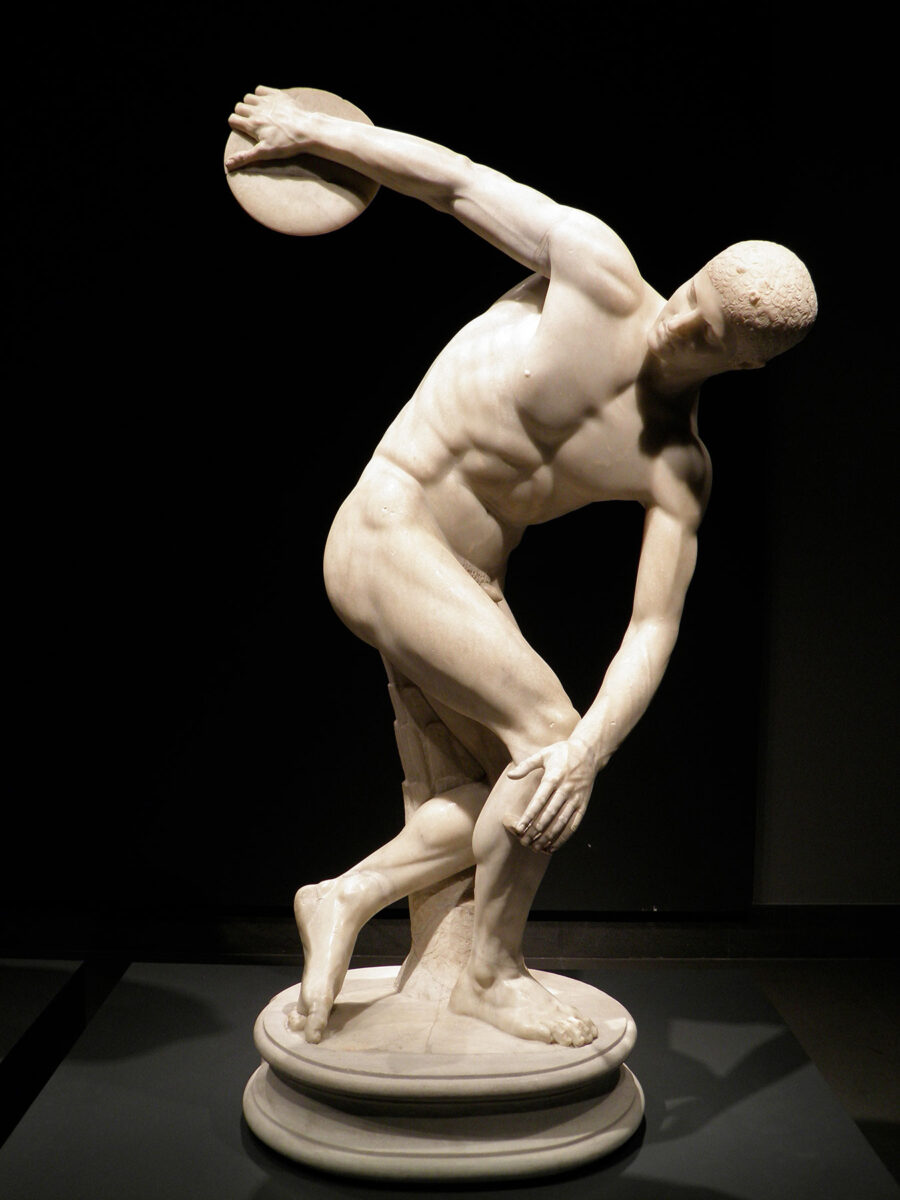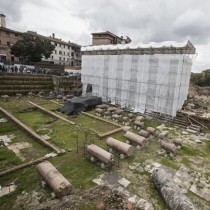A political and historical issue directly linked to cultural heritage is once again in the news in Italy. According to the Italian newspaper Corriere della Sera, Germany has asked Italy for the return of the Lancelotti Discobolus, which is considered to be the most precious Roman copy of Myron’s ancient Greek original bronze. The 2nd-century AD statue is kept in the National Roman Museum at Palazzo Massimo near Rome’s Termini rail station.
The request was made by the director of the Munich Glyptotheque, Florian Knauß, who gave his own interpretation of the statue’s historical adventure: Prince Lancelotti, the Corriere reports, was forced to sell the statue to Germany in 1938, because the Discobolus was at the top of Adolf Hitler’s wish list, who had sent Prince Philip of Hesse to Italy in 1937 for an art buying expedition. The Führer’s desire was expressed directly to Benito Mussolini. The “compulsory sale” took place, despite the opposition of the Italian Minister of Education, Giuseppe Bottai, and the Italian Supreme Council of Arts and Sciences. The Discobolus had already become one of the symbols of Nazi propaganda during the 1936 Munich Olympics.
After the end of the war, in 1948, the Italian government managed to include the Lancelotti Discobolus in the list of works that had been illegally exported from the country and succeeded in having it returned to Rome.
Now, the director of the Munich Glyptotheque stresses that “this return to Italy (…) was a violation of the law” and that the Italian authorities had approved the transfer of the statue to Germany. The Corriere della Sera, however, recalls that Germany, “as a recent exhibition in Rome has shown, had illegally removed many masterpieces of art from Italy on the orders of Hitler, Hermann Göring and other powerful men of the Nazi regime”. According to the Milanese newspaper, Italian Culture Minister Gennaro Sangiuliano is firmly opposed to any return, and is reported to have said that for this to happen “they’ll have to pass over my dead body”.





